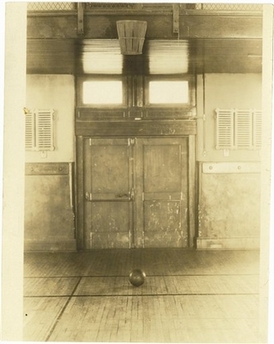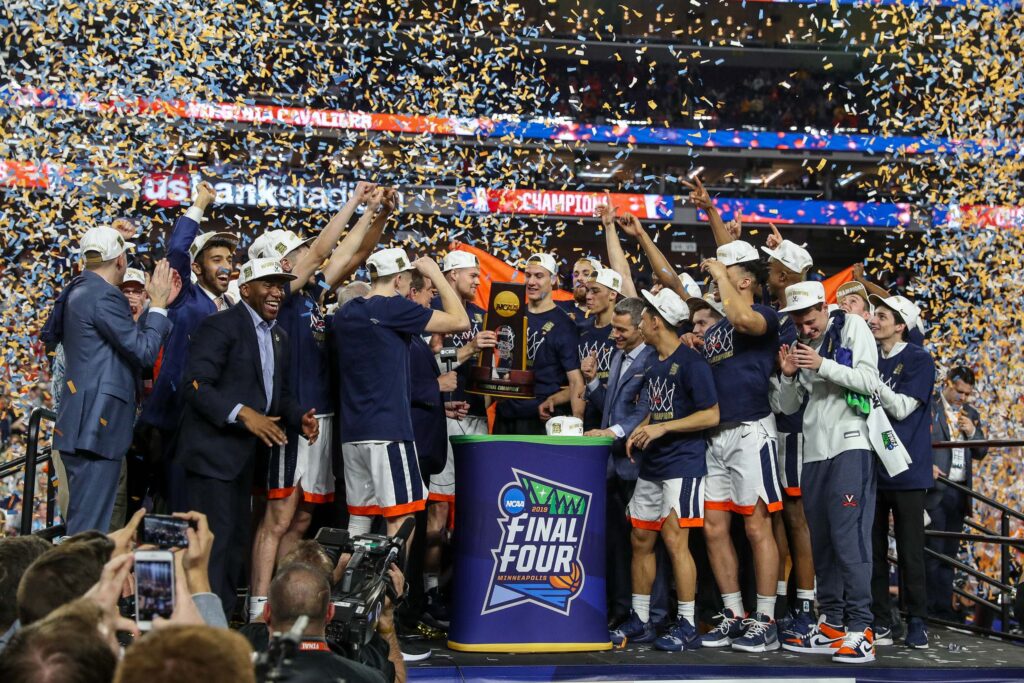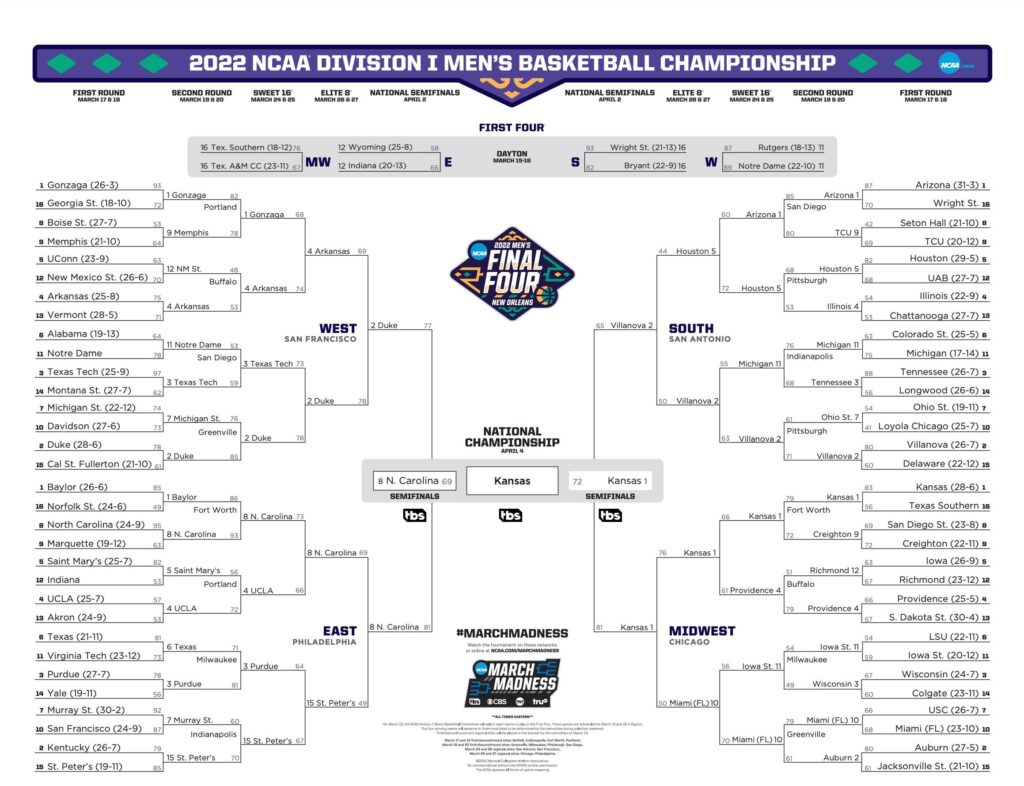NCAA Basketball History & Progress
Quick Links:
College basketball has a rich and storied history that dates back to the late 19th century. As one of the most popular sports in the United States, college basketball has produced countless professional players, introduced iconic coaches, and been the stage for some of the most thrilling games in sports history. Let’s embark on a journey through the history of college basketball, tracing its roots, evolution, and lasting impact on the game we love today.
The Birth of College Basketball
The history of college basketball can be traced back to December 21, 1891, when Dr. James Naismith, a Canadian physical education instructor, introduced the game as a way to keep his students active during the winter months. The first game was played between two teams of nine players each, and the rules were significantly different from what we know today.
The first collegiate basketball game occurred on February 9, 1895, between Hamline University and the Minnesota State School of Agriculture. This paved the way for other universities to adopt the sport, leading to the establishment of college basketball as a staple in American athletics.

Early Years and Rule Changes
In the early years of college basketball, the rules and gameplay were in a constant state of flux. The ball used was a soccer ball, there were no dribbles, and the peach baskets served as goals. It was a rough and physical game that often resulted in injuries.
The first significant rule change came in 1893, when the number of players was reduced from nine to five per side. The introduction of dribbling in 1901 and the founding of the NCAA in 1906 further shaped the sport, leading to more standardized rules and regulations.
The NCAA Tournament
In 1939, the first-ever NCAA Men’s Basketball Tournament was held. Known today as “March Madness,” this single-elimination tournament has become one of the most anticipated events in American sports. The University of Oregon won the inaugural tournament, sparking a tradition that continues to captivate fans year after year.
The women’s game has not been left behind, with the NCAA Women’s Basketball Tournament commencing in 1982, providing a platform for female collegiate athletes to showcase their skills and dedication to the sport.

Integration and Social Impact
The integration of African-American players in the 1950s and ’60s had a profound impact on college basketball. Pioneers like Earl Lloyd, the first African-American player in the NBA, started their careers in college basketball. This era marked a significant step towards racial equality in sports, reflecting broader social changes in the United States.
The women’s game has not been left behind, with the NCAA Women’s Basketball Tournament commencing in 1982, providing a platform for female collegiate athletes to showcase their skills and dedication to the sport.
Iconic Coaches and Players
College basketball has been the breeding ground for many of the game’s greatest coaches and players. Legendary coaches like John Wooden, Mike Krzyzewski, and Pat Summitt have left indelible marks on the game, nurturing talent and building dynasties.
Players such as Lew Alcindor (later Kareem Abdul-Jabbar), Larry Bird, and Magic Johnson all honed their skills in college before becoming NBA legends.
The women’s game has not been left behind, with the NCAA Women’s Basketball Tournament commencing in 1982, providing a platform for female collegiate athletes to showcase their skills and dedication to the sport.
College basketball’s rich history is a testament to the sport’s resilience, innovation, and enduring appeal. From its humble beginnings in a Springfield, Massachusetts, gymnasium to the global spectacle it is today, college basketball continues to inspire and entertain fans around the world.
With its unique blend of tradition, competition, and community, college basketball holds a special place in the hearts of millions. Its impact on the broader landscape of basketball is undeniable, and its legacy is sure to endure for generations to come.




